Here’s a then-and-now of a portion of Bloomingdale’s busy Main Street, also known as the Paterson-Hamburg Turnpike, which dates back to colonial days.

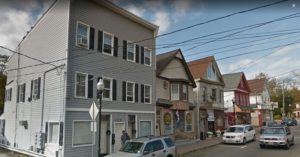
Here’s a then-and-now of a portion of Bloomingdale’s busy Main Street, also known as the Paterson-Hamburg Turnpike, which dates back to colonial days.


I’m not sure just how long this building served as Bloomingdale’s municipal HQ, but long after a new municipal building was constructed, this one is still in use — and largely unchanged from back then.
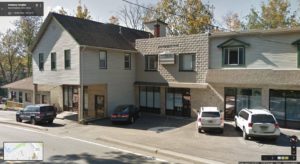
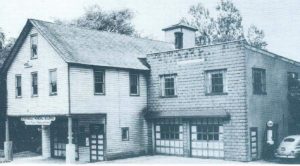
Federal Hill is well known to history buffs. It was used as a lookout by Washington’s troops during the Revolutionary War. It bore witness to the infamous Pompton Mutiny.
Centuries later, it was the site of a German Bund camp during World War II; more on that later.
Since then, however, it’s been fodder for a quarry. Much of it has been devoured, and what’s left will disappear in time.
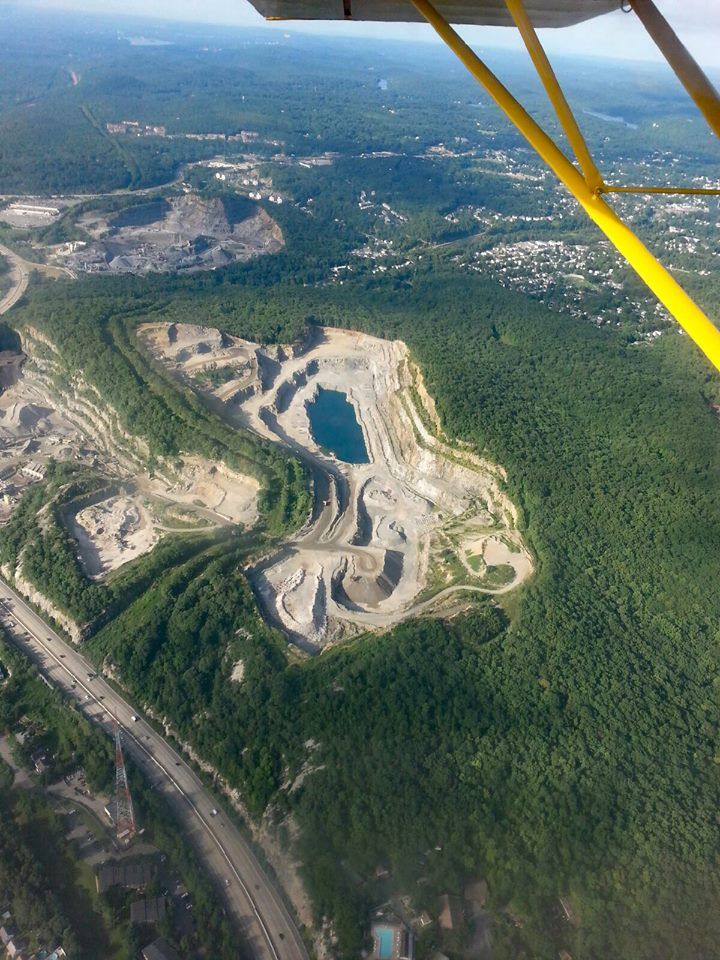
The Oak Ridge Reservoir was constructed in the 1890s to help supply Newark’s burgeoning populace with a supply of fresh water. It was one of several reservoirs in north NJ built at about the same time. (The others are Canistear, Charlotteburg, Clinton, and Echo Lake.)


The rural village of Oak Ridge was, unfortunately, right where the reservoir was planned to be — so Oak Ridge, and a smaller village known as Wallace Corner, had to be eliminated. Today, their locations are underwater. (If anyone knows of a map of the original villages, please let me know.)
But, as this article notes, an old three-arched stone bridge that once connected Oak Ridge to the main road — known then as the Paterson-Hamburg Turnpike — was spared, because it was useful in the construction of the dam. So, when they were finished, they just let it be; there was no point in wasting manpower to tear down a bridge that would soon be submerged forevermore.
But every so often, when a drought hits the area, the water level drops enough for passers-by to see – and even visit – the bridge.
According to the article,
“You can locate this bridge (or at least, the spot of water it’s under) by travelling on Route 23 about a mile south of its intersection with Canistear Road. At this spot, southwest and right next to the highway, a narrow tongue of Oak Ridge Reservoir snakes its way up along the base of the mountain. This follows the original route of the Pequannock River.”
I’ve been there, and seen, the “ghost bridge” a few times. If you think you can find it, refer to the aerial photo.

Aerial view of Oak Ridge Reservoir showing the bridge.
Local historian Beth Willis has been there as well, and has more interesting details to share on her Facebook page.
There’s more to the story of the ghost bridge — see Part 2.

One of my early and vivid memories: Toward the end of May, 1968, we got rain in north Jersey. Lots of it. Not just in Pequannock, but that’s where I lived then; that was my world.
I’d never experienced the sight of water coming up our street, reaching our driveway, surrounding our house… and, finally, getting into our house. Filling the basement, and inexorably climbing the basement stairs. Heavy stuff for three young boys as their parents did what they could to save our stuff.
Many say this is still the benchmark by which all subsequent floods are measured.
Click the image for the full-sized version.
This view from Federal Hill dates from about 1890, thanks to the intrepid unknown photographer who scaled the hill carrying a lot of heavy camera equipment.
Neither the view, nor the hill, are the same today.
I’ll have posts on Slater’s Mill and Richards later. (The funeral parlor was actually called ‘Richards Bros’ at this time.)
Click the photo for the full-sized version.

The area surrounding the historic intersection of Paterson-Hamburg Turnpike and Newark-Pompton Turnpike has hosted a variety of businesses since the 18th Century – hotels, a funeral home, a felt factory, and so many more. This is the story of a car dealership.
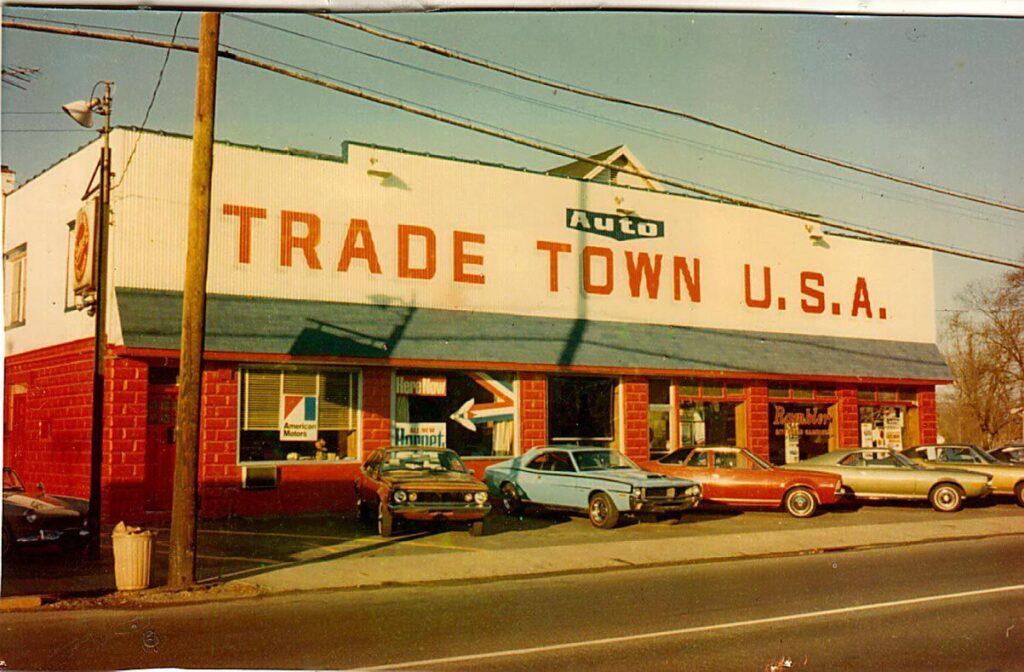
According to Tom Riley’s excellent book, “Stories about Riverdale”, Emil Scherer bought an old barn from Otis Slater, owner of Slater’s Mill, and opened for business as Scherer Motor Company. From 1922 to 1955, Emil sold Hudson, Essex, and Terraplane motor cars. Hudson was a favorite of car buyers.
Hudson Motors, founded in 1909, was named for its primary investor. Joseph L. Hudson was a Detroit department store entrepreneur and founder of Hudson’s Department Store. The goal of Hudson Motors was to produce an motor car which would sell for less than $1,000 (roughly $25,000 today). Their first year saw them sell over 4,000 cars – the highest number of first-year-sales of any car company until then. The successful venture lasted decades, and spawned dealerships all over — including Riverdale.

In 1954, Hudson merged with the Nash-Kelvinator Corporation, which manufactured Nash and Rambler automobiles, and Nash-Kelvinator was re-branded as American Motors. Their Hudson Ramblers continued to sell well at franchises nationwide.
The Rambler American continued to sell well as an affordable ‘compact’ auto. Wikipedia notes that “The compact Rambler American was most often the lowest priced car built in the U.S. It was popular for its economy in ownership, as was proven by numerous Mobilgas Economy Run championships. After an optional second-generation AMC V8 engine was added in 1966, it also became known as a powerful compact performance model…”
Local resident John H. Vreeland bought Scherer Motors in 1955, and rebranded as Riverdale Rambler in the 1960s. According to his grandson Dave Pacailler, in 1970, Vreeland renamed the business Auto Trade Town, an American Motors franchise, which doubled as a general-purpose auto-parts store. In 1977, Vreeland dropped the franchise and sold the property.
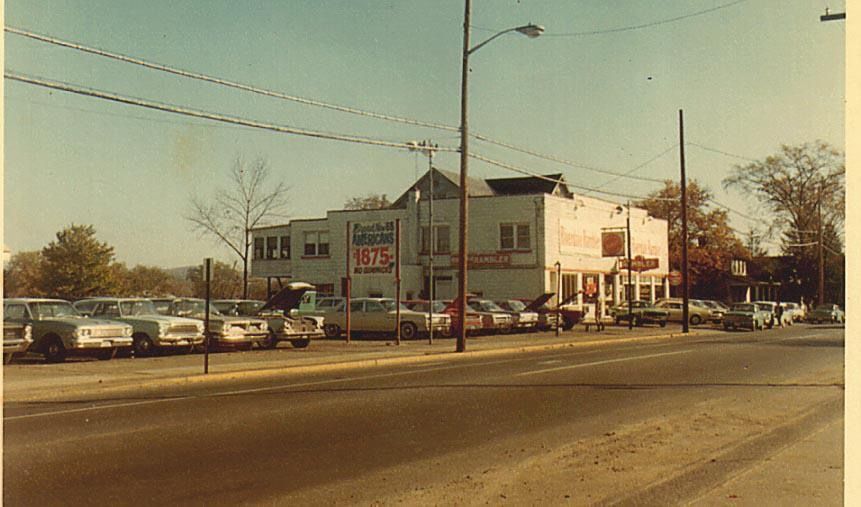
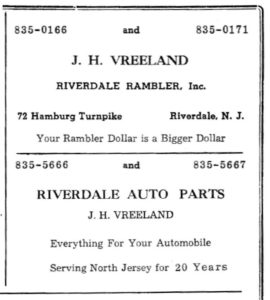
The building became home to the Vancon Trailer and Camping Center, an RV/Trailer business. It went out of business in the early 1990s, and was razed to make way for a strip mall.
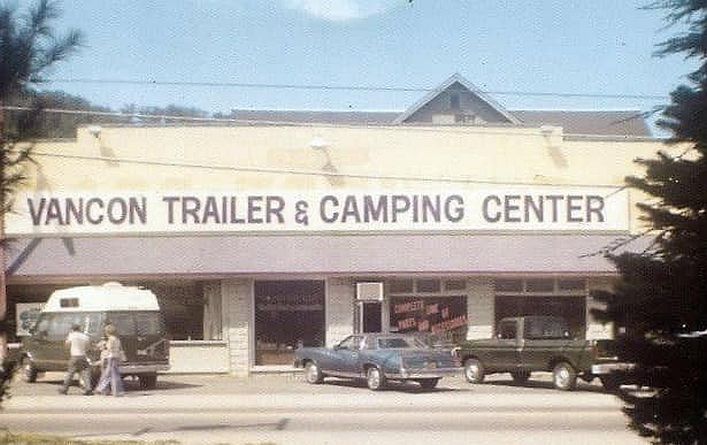
The property at 72 Hamburg Turnpike, today, is home to a strip mall.
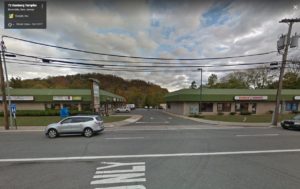
-30-
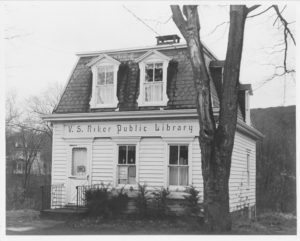
This was originally known as the George Chamberlain house. In the 1870s, Amos Chamberlain, a resident of Milton Village, built a house for his son, George and his bride Ruth Elizabeth Speaker. The family enjoyed life in Milton Village until the 1890s. For many years afterwards, the house was home to various families who rented from the Chamberlain family.
In 1960, the Chamberlain house was purchased by the Friends of the Library, which turned the building into the township’s library. For the next 19 years it functioned as the Violet Riker Library. (For more history of the library, see here.)
The house, while charming, is really rather small, and the library’s needs outgrew the building’s capacity. A new and much larger library was built in 1980, and the township acquired the Chamberlain house for use as the Jefferson Township Museum and home of the historical society.
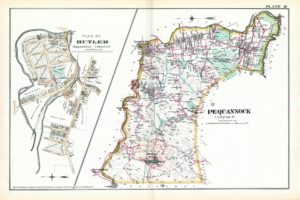
Here’s what Pequannock looked like in 1887. It was much larger than today’s 7-square-mile area — it still included Bloomingdale, Butler, Kinnelon, and Lincoln Park. Jefferson had split off in 1804, Rockaway Township in 1844, and Boonton and Montville took their leave in 1867.
Butler kicked off the 20th Century by declaring itself a new borough in 1901, while Kinnelon and Lincoln Park went their separate ways in 1922.
Riverdale Borough followed in 1923.